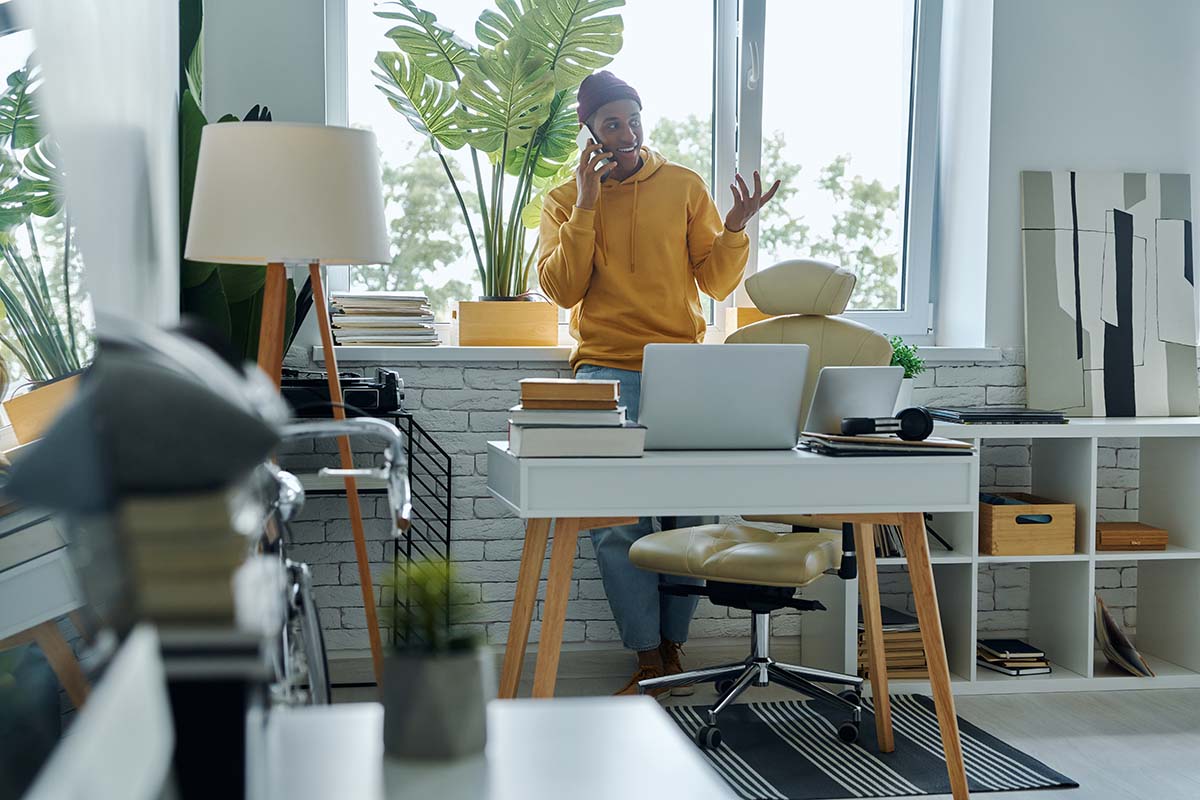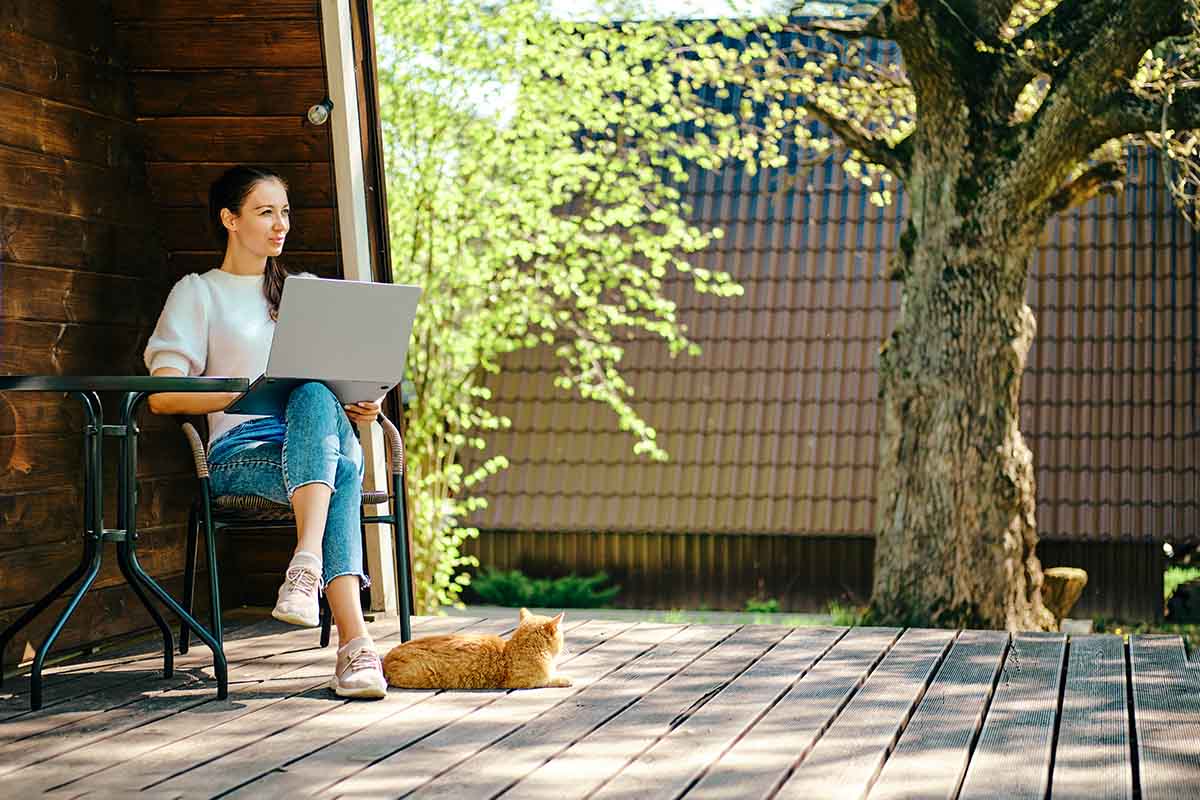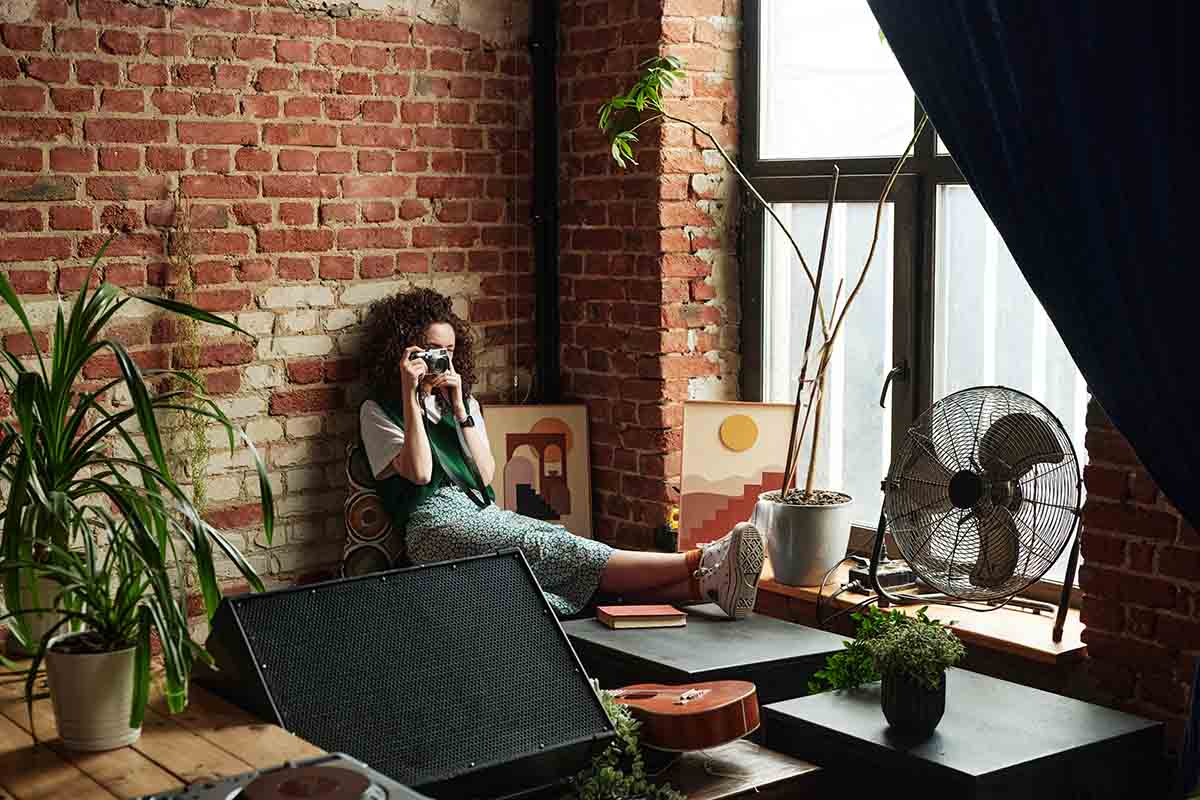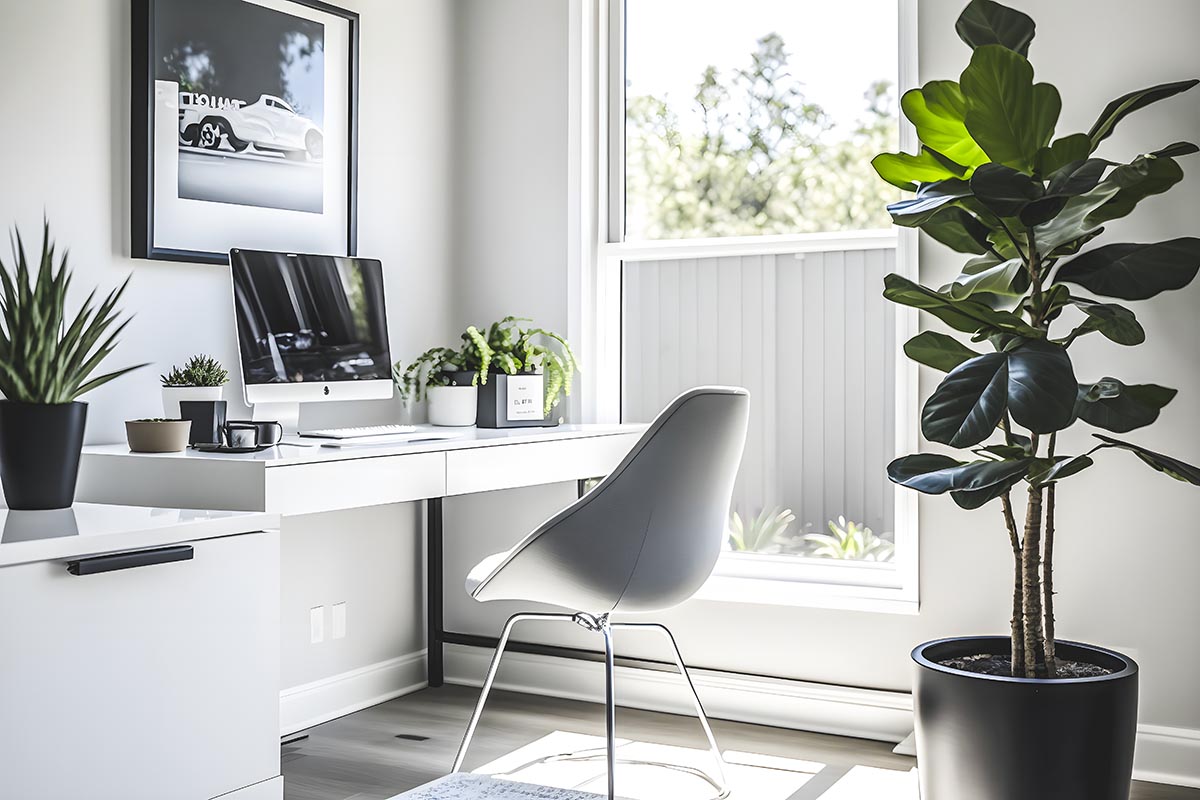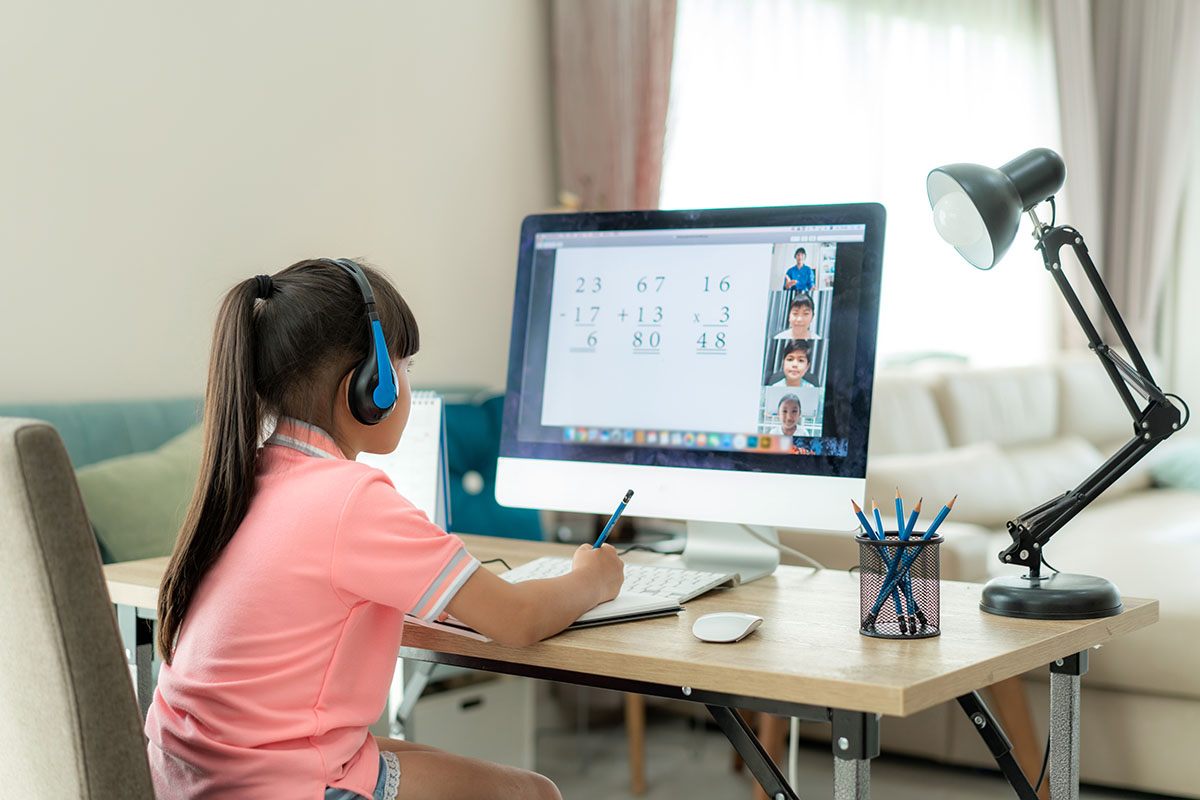Do You Have The Home Office You Need: Essentials for The Perfect Workspace
What are the essentials for the perfect workspace? If you are someone who works from home, then you will need to make sure that you have the necessary space to do so. This will be incredibly important for you to consider, as you must do everything possible to ease the WFH experience.
In the wake of the digital revolution and the recent global shift towards remote work, the home office concept has transitioned from a luxury to a necessity for many professionals.
The question, “Do You Have the Home Office You Need?” is more relevant than ever as individuals strive to balance comfort and productivity within their living spaces.
This article delves into the critical aspects of setting up a home office that meets your professional requirements and supports your well-being and efficiency.
The Importance of a Well-Equipped Home Office
Creating the perfect workspace involves more than just selecting a quiet corner in your home; it requires thoughtful consideration of several key factors to enhance both your productivity and comfort. One of the “Essentials for The Perfect Workspace” is ergonomic furniture.
An ergonomic chair that supports your back and a desk at the right height can significantly reduce the risk of musculoskeletal disorders, a common issue for those who spend long hours seated.
For instance, Sarah, a freelance graphic designer, experienced a remarkable improvement in her chronic back pain after switching to an ergonomic chair and adjustable desk setup, highlighting the importance of ergonomics in a home office.
Lighting is another critical element in the essentials for the perfect workspace. Adequate lighting can reduce eye strain and improve mood. Combining natural light and adjustable desk lamps can create an ideal lighting environment.
Research indicates that natural light in the workspace can lead to an 84% drop in symptoms of eyestrain, headaches, and blurred vision, according to a report by the American Academy of Ophthalmology.
Technology and connectivity are also paramount. A high-speed internet connection, a reliable computer, and necessary software are the backbone of a functional home office.
A survey conducted by Buffer on remote work revealed that 49% of remote employees consider a reliable internet connection as one of their top three essentials for working from home.
Incorporating essentials for the perfect workspace can transform your home office into a sanctuary of productivity and comfort.
Take the example of John, a software developer, who noticed a significant boost in his productivity and decreased work-related stress after optimizing his home office with adequate lighting, ergonomic furniture, and personal touches like indoor plants and his favorite artwork.
It’s not just about having a dedicated space for work; it’s about creating an environment that fosters focus, inspires creativity, and promotes well-being. Whether you’re a freelancer, a remote employee, or someone who occasionally works from home, investing in these essentials can make a significant difference in your work life and overall satisfaction.
The Key to Comfort and Productivity
Ergonomics is the cornerstone of a functional home office. Investing in an ergonomic chair and desk can significantly impact productivity and health. This part of the article will cover choosing the right furniture and arranging your workspace to prevent strain and fatigue.
Finding Room
First, you’ve got to figure out where your office will fit in your home. It might not jump out at you right away, and that’s normal. Picking the right spot is crucial, though, and probably one of the trickier parts of getting your home office together.
But, you know what? It’s super important to nail this step because it sets the foundation for creating the kind of workspace that works for you. It’s all about finding that sweet spot where you can settle in, focus, and do your thing without any hitches. So, give it some good thought.
Once you’ve got your spot picked out, that’s when the fun begins. You get to dive into all the essentials for the perfect workspace. We’re talking about choosing a comfy chair that won’t make your back scream after a few hours, a desk that’s just the right height, and setting up your tech so everything’s within reach and easy to use.
And hey, don’t forget about the vibe of your space! A little personal touch can go a long way in making your home office a place where you actually want to spend time. So, take a moment to think about what will make your workspace not just functional but a spot where you feel productive and inspired.
Creating the ultimate workspace involves blending functionality with inspiration, especially for creative professionals.
Here’s a comprehensive list of 15 essentials for the perfect workspace to consider:
- Ergonomic Chair: Supports your back and encourages good posture.
- Adjustable Desk: Offers flexibility with the ability to switch between sitting and standing.
- Monitor Stand or Arm: Elevates your screen to eye level to reduce neck strain.
- Ergonomic Keyboard and Mouse: Designed to minimize strain on your wrists and hands.
- Organizational Tools: Keeps your workspace tidy with desk trays and cable management systems.
- Camera Stand or Tripod: Essential for video creators, providing stability and versatility.
- Mood Board Area: A space for visualizing concepts and gathering inspiration.
- Quality Lighting Equipment: Enhances the ambiance and quality of visual content.
- Sound Equipment Stand: Organizes and optimizes the positioning of audio gear.
- Drafting Table: An adjustable surface ideal for artists and designers.
- High-Quality Headphones: For focused work sessions and high-quality audio editing.
- External Storage Solutions: Hard drives or cloud storage for backing up important work.
- Greenery: Indoor plants can boost mood and creativity.
- Personalized Decor: Items that inspire and make the space uniquely yours.
- Whiteboard or Glassboard: For jotting down ideas, planning, and brainstorming.
Integrating these 15 elements into your workspace can significantly enhance both productivity and creative energy, making your work area not just a place to do tasks but a hub of inspiration and efficiency.
Consider Alternatives
There are a lot of different ways to have a home office, and it doesn’t necessarily have to be a little corner room at the back of the house. You might instead opt for an alternative that is going to be useful, such as a prefab backyard building.
These are more cost-effective than you may think, and they can provide you with more or less the perfect space to work within, so it’s something you will want to think about. You might want to take a look at https://wllmade.com for an example of the kind of building to go for.
Designing for Productivity and Inspiration
Your environment influences your mood and output. This segment will explore how to design a home office that not only serves your professional needs but also inspires creativity. Learn about the importance of lighting, color psychology, and personal touches that make your space uniquely yours.
Setting Up
Once you have the basic office in place, you’ll need to think about setting yourself up, which will be relatively easy to do as long as you approach it in the right way.
You’ll have to think about electricity, especially if you are working from a shed or outhouse, and you’ll need to get the storage in place for all of your equipment, paperwork, computer, and so on. So make sure that you are doing this as soon as possible.
Making Use Of It
Once you have it all in place, it’s time to use it. You must be doing this well if you want to really make the most of it, and it’s something that you will probably find hugely important if you are keen to really enjoy it. So make sure you find reasons to use it and make the most of it as you go along. That is going to make it a lot more enjoyable for you.
The Non-Negotiables: Desk, Chair, and Computer Setup
A sturdy desk, a comfortable chair, and a reliable computer setup are non-negotiable elements of any home office. This part will delve into what to look for when selecting these critical pieces and how they contribute to your overall productivity.
Data Protection: Secure Your Digital Life
With the rise of cyber threats, securing your digital workspace is as important as its physical counterpart. This segment will cover essential cybersecurity practices to protect sensitive information and maintain privacy in your home office.
Setting Boundaries in a Home Office Setting
One of the biggest challenges of working from home is setting clear boundaries between professional and personal life. This part of the article will offer strategies to establish these boundaries, ensuring a healthy work-life balance.
The first step in setting boundaries is to designate a specific area in your home exclusively for work. This physical separation helps to create a mental distinction between work and leisure time. Choose a space that is away from high-traffic family areas to minimize distractions. If a separate room is unavailable, consider using room dividers or even a specific corner that can be dedicated to work.
Cost-Effective Home Office Setup Ideas
Setting up a home office doesn’t have to break the bank. This section will introduce cost-effective ideas and DIY solutions to create a functional and aesthetically pleasing workspace without a hefty price tag.
Creating a functional and comfortable home office doesn’t have to strain your wallet. With a bit of creativity and resourcefulness, you can establish an efficient workspace that fosters productivity and well-being. Here, we explore practical and cost-effective ideas to help you set up your home office without compromising quality and comfort.
- Repurpose and Reuse
Look around your home for furniture and items that can be repurposed for your office space. An old table can become a desk, and a comfortable chair from another room can be your office chair. Shelves that are collecting dust in the garage can provide excellent storage. This not only saves money but also aligns with sustainable living practices.
- DIY Projects
Embrace DIY projects to add a personal touch to your workspace. For instance, you can create a custom desk using simple materials like reclaimed wood and hairpin legs. Shelving units can be easily assembled from affordable materials found at local hardware stores. These projects not only cut costs but also allow you to tailor your space to your specific needs.
- Shop Second-Hand
Explore thrift stores, online marketplaces, and garage sales for second-hand furniture and office supplies. Many items, from desks to ergonomic chairs, can be found at a fraction of their original price. This approach is not only budget-friendly but often leads to unique finds that add character to your home office.
- Digital Tools Over Physical Gadgets
In today’s digital age, many traditional office gadgets have digital counterparts. Instead of investing in a physical calculator, printer, or calendar, utilize free or low-cost digital apps and software that offer the same functionality. This reduces clutter and saves money on hardware and supplies.
- Optimize Natural Lighting
A well-lit workspace is essential for productivity and well-being. Position your desk near a window to take advantage of natural light, reducing the need for artificial lighting during the day. This not only creates a more pleasant working environment but also helps lower electricity bills.
- Limit Decorative Spending
While personalizing your space is essential, be mindful of decorative spending. Use your own items to add a personal touch, or create your own decorations. Plants, for example, can be an inexpensive way to liven up your space and improve air quality.
By implementing these cost-effective strategies, you can create a functional and personal home office without overspending. Remember, a productive workspace is about comfort and efficiency, not about how much you spend.
Ergonomic Practices to Prevent Strain and Injury
Maintaining physical health is paramount when working from home. This segment will focus on ergonomic practices and equipment that help prevent strain and injury, ensuring long-term comfort and well-being.
Tailoring Your Home Office According to Your Profession
A one-size-fits-all approach doesn’t work for home offices. This part will discuss how to customize your workspace based on your profession, with tips and examples from various fields.
Dealing with Isolation and Maintaining Social Interaction Are The Essentials for The Perfect Workspace
Isolation can be a significant downside of remote work. This section will explore ways to combat loneliness and maintain social interactions and professional connections from your home office.
Technology Advancements Impacting Home Office Setups
The future of home offices is exciting, with technology playing a big role. This segment will look at upcoming trends and advancements that could redefine how we work from home.
